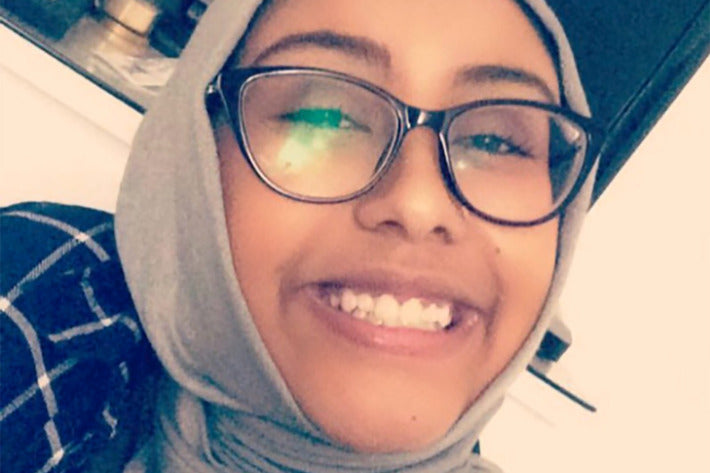Since its inception in 1953, Playboy has been an unwieldy thing for some feminists to grapple with.
As a brand that has relied wholesale on the male gaze and thus, the objectification of women, there’s nothing particularly empowering about it on the surface (and many would argue that it’s never been anything but a detriment).
But in an era when pretty much every married couple depicted on TV slept in separate twin beds because the alternative was far too scandalous for the viewing public and the word “pregnant” wasn’t allowed in an I Love Lucyepisode (even though the plot revolved around Lucy’s pregnancy), Hef’s promise of a sexual revolution via Playboy and his efforts to bring sex into the mainstream has also been considered to be part and parcel to subsequent progress (not to mention they have a long history of publishing iconic writers, including feminist novelist Margaret Atwood, and remain one of the best-paying media outlets).
But over the decades, reports from women behind the front lines underscore how problematic it has always been: OG feminist Gloria Steinem famously went undercover in “A Bunny’s Tale,” a long-form two-part article that depicts a harsh, aggressive environment that’s ultimately counterproductive to women’s liberation.
In an interview with The Guardian in 2015, Jaki Nett, who was one of the first black Bunnies in the 1960s, described feeling “very protected” at the clubs, despite her extremely disturbing account of being raped by a patron outside the club, and she describes the people she met during the 11 years she worked there as “family.”
When the magazine announced last year that it would no longer be publishing nudes, causing the world to collectively scratch its head, Nett expressed fear that the magazine wouldn’t survive the drastic move (though in February of this year, Playboy went back to its roots and resumed publishing photos of naked women.)
Most recently, Suze Randall, a model-turned-photographer who’s now 70, spoke out about her time working for Playboy in a profile in Elle. As a 22-year-old nurse in London in search of some extra cash, Randall answered an ad for a nude modeling gig for a “pervy photographer,” which subsequently led to a clothed modeling gig with British Vogue, which subsequently led to Randall purchasing a Nikon of her own.
In a pinch for cash later down the line, she started taking topless photos of her friends, and the concept of a “sexy girl taking pictures of sexy girls” eventually caught on. After Hefner came across Randall’s shots of Norwegian model Lillian Müller, the pair were flown out to the Playboy headquarters in Chicago for a cover shoot.
For Randall, this marked the beginning of a career that would be punctuated with sexism, and in reaction, a clever and often outrageous navigation of this “boys club”; when it became clear to Randall that Playboy was not going to utilize her as the photographer for that initial cover shoot, she threatened to sell the shots to Penthouse.
It worked: the women were flown out to LA, where they stayed at the Mansion, and Randall shot the 12-page spread, becoming the first woman to shoot a full-frontal for the magazine. “I got in through the backdoor,” Randall says in the interview. “I jumped the line.”
In keeping with what the magazine represents, it’s difficult to parse how liberating Randall’s tenure at Playboy really was. She recounts numerous instances of being subjected to humiliating remarks and discusses her alliance with the legendary female editor at the magazine, Marilyn Grabowski, and how they looked out for one another.
Randall cites her understanding of women as her competitive edge, and the fact that the models felt at ease with her; she deservedly took pride in the fact that she made the same rate as the male photogs. And Randall owned her love of sex, appearing in a nude self-portrait feature in which she talked about her penchant for having sex in elevators. At parties at the Mansion, she’d often get the party started by going commando and spinning around her in skirt, something she referred to as “going to church.”
All of which is to say: Lady was a firecracker with exceptional business savvy. When it comes to Playboy, the temptation to delineate things into good and bad, feminist and unfeminist, persists. But Randall’s interview serves as a fascinating reminder that feminism is a subject defined by incessant evolution of nuance and context.
To put it in Randall’s words: “Maybe I’m a trailblazer. I was always looking for the best. You outwork the men. You out-charm everybody…. Just kick ass, baby. I was brought up to enjoy fights and to fight the bully boys. I was encouraged by my parents to get thrown out of class and disobey the rules.”
Read the full interview here.



